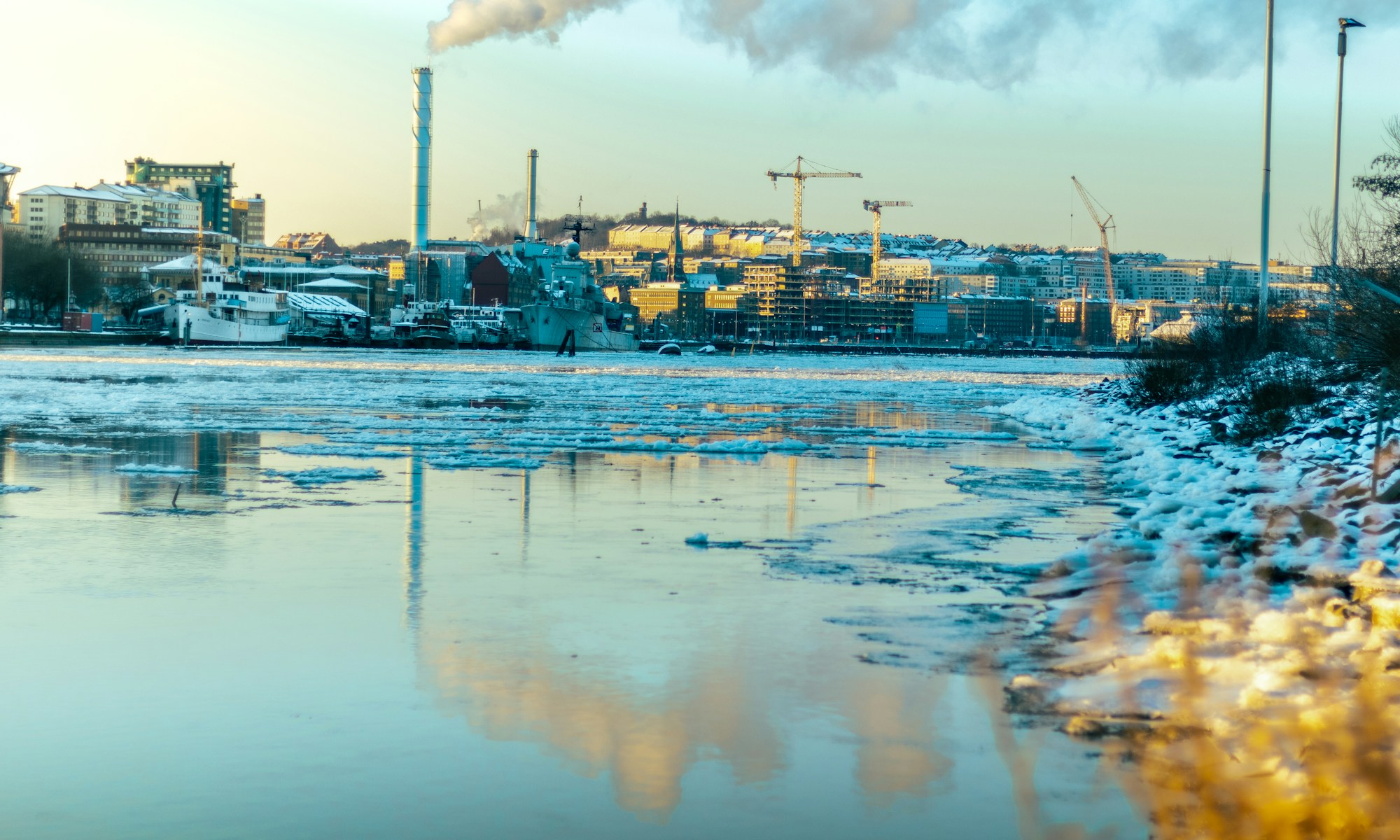9 June 2023 – by Cosmo Sanderson
Fossil fuel producers owe a staggering US$23 trillion in climate reparations, according to a new study, which argues that climate migrants should be among the first to benefit from the “tainted wealth” of the world’s largest polluters.
Energy giants such as Saudi Aramco and ExxonMobil have for decades been “complicit” in thwarting efforts to avert climate catastrophe, the study argues. Now they have a “moral responsibility” to pay compensation to those most affected by the harm caused.
The study says that almost a quarter of this monumental debt, US$5.4 trillion, lies at the feet of the top 21 producers, who should together pay US$209 billion a year to wipe their climate slate clean.
The recently released study was written by Italian social scientist and professor Marco Grasso, who last year published a book on holding the oil industry to account for the climate crisis; and Richard Heede, co-founder of the US-based Climate Accountability Institute.
The study begins by highlighting the fundamental unfairness of global warming and all of the flooding, fires and famine that come with it. An estimated 92% of climate emissions come from the Global North, the study says. And the richest 1% of humanity has caused 15% of all emissions, more than double the 7% caused by the poorest half combined.
Oil, gas and coal producers are meanwhile accused of “wilfully ignoring foreseeable climate harm,” even successfully delaying action to mitigate it through advertorials, lobbying and political donations. As such, the researchers argue, they must be “held accountable”.
Based on a survey of 738 economists with climate expertise, the study calculates that human-caused climate change will cause US$99 trillion in damages globally between 2025 and 2050. Of this, US$70 trillion is due to fossil fuels.
There is no “objective basis” to say who should pay this biblical climate bill between fossil fuel producers, fossil fuel emitters and political authorities, say the researchers. So they split it evenly, with each group to pay a third: US$23.3 trillion.
Based on the historical emissions of fossil fuel producers, the researchers found that state-owned Saudi Aramco, responsible for a stunning 4.78% of global emissions, has by far the highest bill to pay: US$1.1 trillion. Rounding out the top five are ExxonMobil (US, US$478 billion), Shell (UK, US$424 billion), BP (UK, US$377 billion) and Chevron (US, US$333 billion).
State-owned fossil fuel producers from less well-off countries, such as Russia’s Gazprom and Mexico’s Pemex, are given discounted bills. State producers in poorer countries such as India, Iran and Venezuela get a free pass entirely.
The study does not go into detail on who should receive the money, but says that it should “compensate subjects more vulnerable to climate harm such as climate migrants and refugees, Indigenous peoples, racial and ethnic minority communities, people with disabilities, and people who are socially and economically disadvantaged.”
Shell issued a statement saying that the energy system is a result of “society’s choices” over many decades and that “everyone has a role to play” in addressing climate change. “For our part, we are reducing our own emissions and working closely with our customers to help them reduce theirs.”
Kristin Casper, General Counsel at Greenpeace International, said that fossil fuel companies must now “stop drilling and start paying”.









